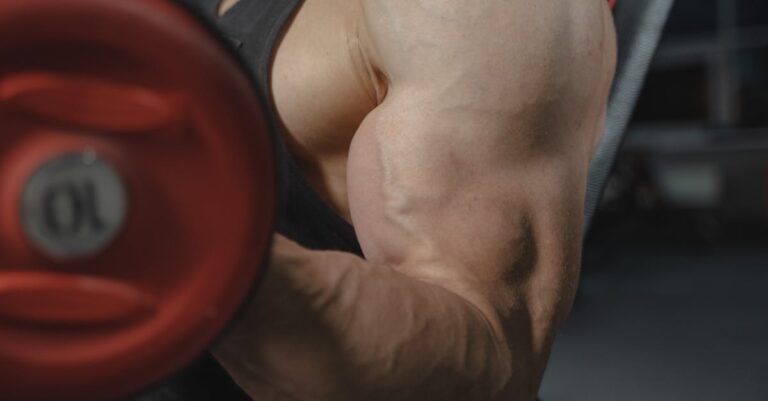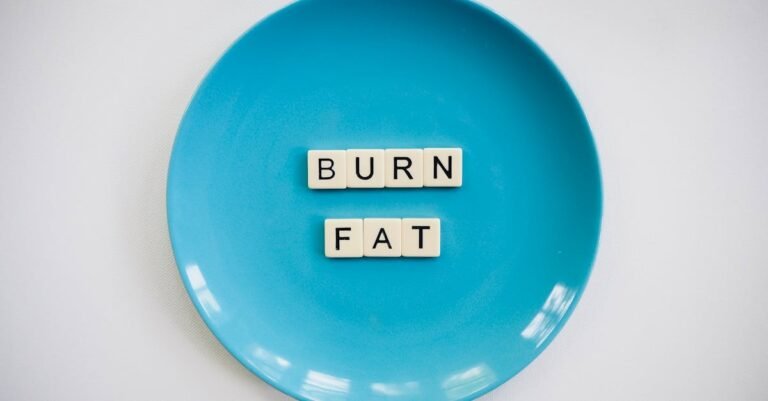Ever feel like you absolutely crush your arm workout, doing tons of curls and extensions, but that awesome, tight feeling—the pump—just doesn’t get as crazy as you want? Or maybe it feels great for a few minutes, then *poof*, it’s gone before you even leave the gym locker room. It’s frustrating, right? You see other folks walking around with arms looking like they’re about to rip their sleeves, and you’re wondering what magic tricks they know. Well, good news! It’s not magic. This article is for you if you’re past the beginner stage and ready for some next-level strategies. We’re gonna dive into what the pump actually is and explore some advanced techniques to help you get that insane, lasting arm pump you’re chasing.
What’s the Big Deal About the Pump Anyway?
Okay, so what is this “pump” everyone talks about? Think of it like this: when you work a muscle hard, especially with higher reps, your body sends a ton of blood rushing to that area. This blood carries oxygen and nutrients. At the same time, metabolic byproducts, like lactic acid, build up because the blood can’t carry them away fast enough. This combo of extra fluid and trapped waste products makes the muscle cells swell up temporarily. It’s like inflating a balloon inside your muscle fibers! It feels tight, makes your muscles look bigger for a bit, and honestly, it just feels pretty awesome. Some people think this swelling might even help muscles grow long-term by stretching the muscle cell walls, but mostly, it’s a sign you’re really targeting those muscles intensely.
Going Beyond Basic Curls: Why Intensity Matters
Just doing three sets of ten bicep curls isn’t always enough to get that mind-blowing pump, especially once you’re not a beginner anymore. Your muscles get used to the same old thing. To really swell ’em up, you need to increase the intensity. This doesn’t just mean lifting super heavy weights (though that has its place). Intensity for a pump often means pushing the muscle closer to its limit, creating more metabolic stress (that buildup we talked about), and forcing more blood into the area. It’s about making the muscle work harder and longer than it wants to, safely, of course. Think less rest, more reps, and techniques that keep the muscle working even when it’s screaming “Stop!”
Supersets and Giant Sets: Your Pump’s Best Friends
Ready to kick things up a notch? Let’s talk supersets and giant sets. A superset is when you do two exercises back-to-back with little to no rest in between. For arms, a classic is doing a bicep exercise (like dumbbell curls) immediately followed by a tricep exercise (like overhead dumbbell extensions). This keeps blood flowing intensely in the entire upper arm. A giant set takes it even further – doing three or more exercises in a row for the same muscle group. Imagine doing barbell curls, then immediately grabbing lighter dumbbells for hammer curls, and then finishing with concentration curls, all before taking a short rest. Talk about a rush! This forces a massive amount of blood into the target muscles and keeps it there, leading to a wicked pump.
Drop Sets: Pushing Past Failure for Maximum Swell
Drop sets are like hitting the turbo button for your pump. Here’s the idea: you do an exercise until you basically can’t lift the weight anymore (reaching failure). But instead of stopping, you immediately lower the weight by about 20-30% and crank out more reps until you fail again. You can even drop the weight *again* if you’re feeling really hardcore. Let’s say you’re doing cable tricep pushdowns. You do 10 reps with 50 pounds and can’t do another. Quick! Drop it to 35 pounds and push out another 6-8 reps. Still got fight? Drop it to 25 pounds and go until you physically can’t push anymore. This technique floods the muscle with blood and metabolites, giving you a serious pump because you’re working way past your normal stopping point.
Blood Flow Restriction (BFR) Training: The Controversial Pump Hack
Okay, this one’s a bit more advanced and needs caution. Blood Flow Restriction (BFR) training involves wrapping specialized cuffs or bands around the top of your limbs (like your upper arms) while lifting very light weights (like 20-40% of your usual max). The bands are tight enough to slow down the blood leaving the muscle, but not tight enough to cut off arterial blood flow *into* the muscle. This traps blood and metabolites in the working muscle super effectively, creating an insane pump even with light weights. Picture this fictional example: imagine your friend trying BFR curls for the first time with tiny pink dumbbells and ending up with arms feeling like they did a massive heavy workout. It sounds weird, but research suggests it can work. Important: You *really* need to learn how to do this safely with the right equipment; don’t just tie random things around your arms!
Time Under Tension (TUT): Making Every Rep Count
Sometimes, it’s not just about how many reps you do, but *how* you do them. Time Under Tension (TUT) focuses on keeping your muscles working for longer during each set. Instead of quickly banging out reps, you slow things down. Try this: take 3 seconds to lift the weight (the concentric part), pause for 1 second at the top squeezing the muscle, and then take 4 seconds to lower the weight (the eccentric part). Just doing 8 reps like this can take almost a minute! This extended work time forces more blood into the muscle and increases that metabolic stress we keep mentioning. It’s a different kind of burn, and it can lead to a really dense, satisfying pump because the muscle is working hard the entire time.
Mind-Muscle Connection: Feel the Squeeze
This might sound a bit “zen,” but it’s super important for a good pump. The mind-muscle connection is all about actively thinking about and feeling the specific muscle you’re trying to work. Instead of just moving the weight from point A to point B, really focus on squeezing your bicep at the top of a curl or intensely flexing your tricep during an extension. It’s like trying to crush a walnut *inside* the muscle. This focus helps you recruit more muscle fibers in that target area and directs blood flow more effectively. Don’t just lift the weight; *command* the muscle to work. You’ll often find you get a better pump even if you use slightly lighter weight but really concentrate on that squeeze.
Putting It All Together: Sample Advanced Pump Routine
So how do you combine these ideas? Here’s a sample workout focusing purely on getting an arm pump. Remember, this is advanced and intense – listen to your body!
- Superset 1:
- Cable Bicep Curls: 3 sets of 12-15 reps (Focus on TUT: 2 sec up, 1 sec squeeze, 3 sec down)
- Cable Tricep Pushdowns: 3 sets of 12-15 reps (Focus on TUT: 2 sec down, 1 sec squeeze, 3 sec up)
- Rest: 60 seconds between supersets
- Giant Set 1:
- Incline Dumbbell Curls: 3 sets of 10-12 reps
- Hammer Curls: 3 sets of 10-12 reps
- Concentration Curls: 3 sets to failure (Focus on squeeze)
- Rest: 90 seconds between giant sets
- Drop Set Finisher:
- Overhead Rope Tricep Extensions: 1 set. Pick a weight you fail at around 10-12 reps. Immediately drop weight 20-30%, go to failure. Drop weight again 20-30%, go to failure.
Disclaimer: This is just an example. Adjust weights and reps based on your level. Proper form is always key!
Alright, let’s wrap this up. We talked about how that awesome arm pump happens – it’s basically your muscles getting temporarily swollen with blood and waste products from hard work. It feels great and tells you you’re hitting things hard. To take your pump from “meh” to “wow,” you gotta dial up the intensity using techniques beyond basic sets and reps. We explored things like supersets and giant sets to keep blood flowing, drop sets to push past failure, the tricky but effective BFR training (use with care!), slowing down reps with Time Under Tension, and really focusing your mind on the muscle. Getting an incredible pump isn’t just about luck; it’s about smart, intense training. Mix some of these advanced ideas into your routine, pay attention to how your body feels, and enjoy that tight-sleeve feeling!









